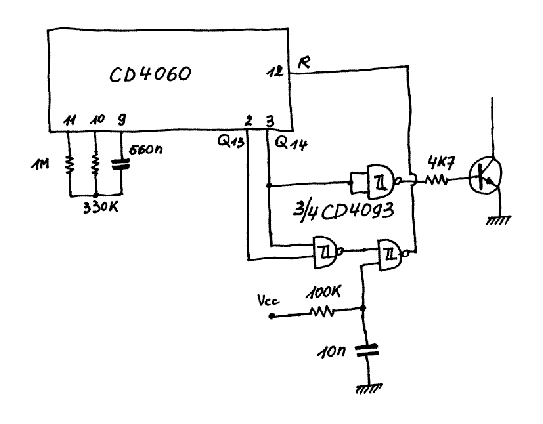T
tong
Guest
how can work ic 555
I search around NET and found that IC555 can work as Asymmetric Timer.
I would like to control 220v FAN power on 60 mins. then Off 30 mins. and so on in periodic until I unplug them.
I think the last circuit (the one that have diode) is best suit for me.
Tm = 0.7 × R1 × C1
Ts = 0.7 × R2 × C1
But I don't know maximum and minimun of the values.
What is the highest value of Tm, Ts, C1, R1, R2 ?
I plan to use C1 = 1000µF 16v
R1 = 5142857.14
R2 = 2571428.57
Is these correct ?
**broken link removed**
**broken link removed**
I search around NET and found that IC555 can work as Asymmetric Timer.
I would like to control 220v FAN power on 60 mins. then Off 30 mins. and so on in periodic until I unplug them.
I think the last circuit (the one that have diode) is best suit for me.
Tm = 0.7 × R1 × C1
Ts = 0.7 × R2 × C1
But I don't know maximum and minimun of the values.
What is the highest value of Tm, Ts, C1, R1, R2 ?
I plan to use C1 = 1000µF 16v
R1 = 5142857.14
R2 = 2571428.57
Is these correct ?
**broken link removed**
**broken link removed**

